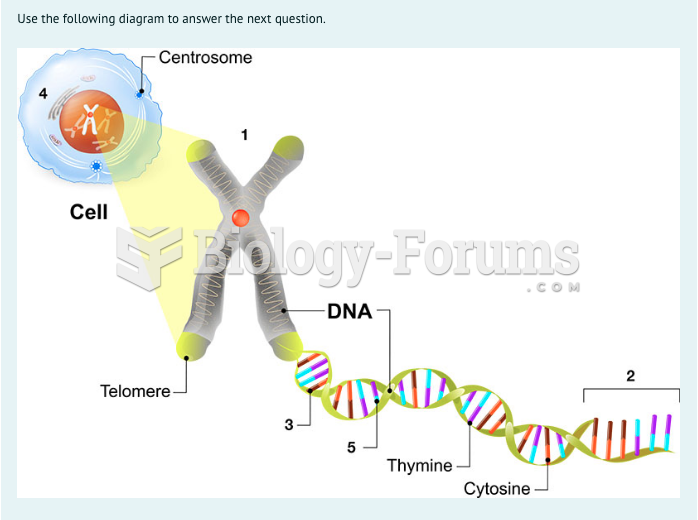Answer to Question 1
Athletes who train or compete at moderate or vigorous intensity for longer than 1 hour may benefit from a small, easily digested, high-carbohydrate pregame meal. It should provide enough carbohydrate to top off an athlete's glycogen stores but be low enough in fat and fiber to facilitate digestion. It can be moderate in protein and should provide plenty of fluid to maintain hydration in the work ahead. Breads, potatoes, pasta, and fruit juicescarbohydrate-rich foods that are low in fat and fiberform the base of the pregame meal. Although generally desirable, bulky, fiber-rich foods can cause stomach discomfort during activity, so they should be avoided in the hours before exercise. The glycemic index of the food makes no apparent difference to performance. Timing of the activity and body weight of the athlete help determine the size of the meal. With just an hour remaining before training or competition, an athlete should eat very lightly, consuming only about 30 grams of carbohydrate research suggests that more substantial food eaten within the hour before exercise can inhibit performance. With more time to spare, it is possible to calculate an approximate number of carbohydrate grams that an athlete might need to support performance.
Multiply the athlete's body weight in pounds by:
0.45 g of carbohydrate at 12 hours before activity.
0.9 g of carbohydrate at 23 hours before activity.
At 3 hours or more before activity, a regular mixed meal providing plenty of carbohydrate with a moderate amount of protein and fat is suitable.
Examples: grilled chicken or deli turkey sandwich; hard-boiled egg with toast; oatmeal with yogurt; fruit juices; pasta with red sauce; trail mix, granola bars, or energy bars that contain sufficient carbohydrate.
Answer to Question 2
b







